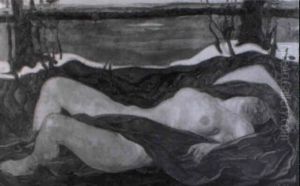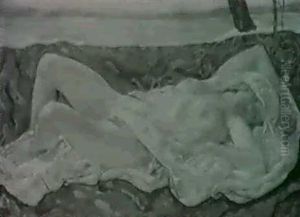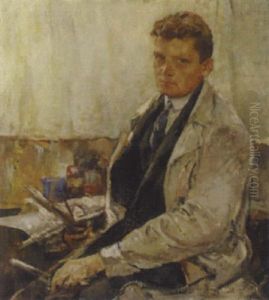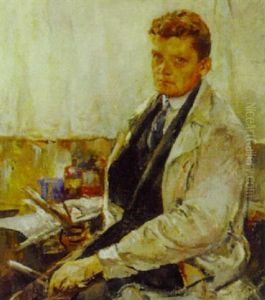Karl Borschke Paintings
Karl Borschke, born in 1886 in Vienna, Austria, was an artist whose contributions to the field of graphic design and typography were both innovative and enduring. Existing in a time of great artistic evolution in Europe, particularly within the vibrant cultural scene of early 20th century Vienna, Borschke carved out a niche for himself that bridged traditional and modernist sensibilities. Despite the lack of widespread recognition in comparison to his contemporaries, his work has been appreciated for its meticulous attention to detail and its pioneering approach to graphic design.
Educated in the arts during a period when the Jugendstil movement was giving way to Expressionism and other modernist movements, Borschke's education and early career were influenced by the shifting aesthetics of the time. He was particularly interested in the power of typography and print design to communicate effectively, blending artistic beauty with functional design. Throughout his career, Borschke experimented with various styles, from the ornamental to the geometric, reflecting the broader transitions in art and design of the early 20th century.
Borschke's contributions were not limited to his personal creations. He was also a dedicated educator, imparting his knowledge and passion for design to a new generation of artists and designers. His teachings emphasized the importance of clear communication through design, a principle that has remained vital in graphic design education to this day.
Despite the challenges posed by the two World Wars, Borschke continued to work and adapt, his art reflecting the turmoil and changes of his time. After World War II, he witnessed the emergence of new design philosophies and technologies, which he embraced and incorporated into his work. This adaptability ensured that his designs remained relevant and that his influence would endure beyond his passing in 1957.
Karl Borschke's legacy is one of innovation, resilience, and the seamless blending of art and functionality. His work, though not as widely known as some of his contemporaries, remains an important part of the history of graphic design and typography. Through his designs and teachings, he contributed to the foundation upon which much of modern graphic design is built.







